An Interview with Jim Weaver by Gay Robertson Part 2 of 3
ROBERTSON: Do you remember the appearance of the valley when they had the wood powered boats? Was it logged out at the upper end? Where were they getting the wood?
WEAVER: Well, you’re a little ahead of me on the steamboats. I’m not quite that old, purt’ near. But they had people cutting wood along the lake. The wood was easy to get along the lake. And they’d cut it and.. wherever it’d be easiest to get. And try to keep some seasoned. Then the gas powered boats came along about 1914 or 15, the first of the old gas boats. And by the 1920’s, the days of the Cascade Flyer, the Liberty, Victory and Cascade Flyer, they had speeded the boats up to where they were making it up the lake in three or four hours. In fact the time on the boats from leaving Chelan to get to Stehekin probably hasn’t changed very much from around 1920 or 22 to today. Paul Bryant would kill me. But they made a lot more stops. They stopped probably anyway a dozen stops or made more than that, mail stops all the way. Because there were a lot more people living along the lake. Don’t ask me what they did, but they were scattered along there at all those creeks. Some of them year around.
Cascade Flyer
Liberty
Victory
ROBERTSON: So the valley didn’t look logged out, there were tall trees everywhere, there weren’t bare patches?
WEAVER: Oh, I think… I don’t think that they ever really logged that thing. No, the Courtney’s logged up there, they didn’t call it that but it was selective logging there. And what you’re thinking of more on the bare patches is where the head of the lake was cleared on the perimeter, for the raising of the lake. They had never logged. Bare patches were due to some earlier forest fires or snow slides and floods, that sort of thing. The valley was never logged on a big scale that I can ever remember or, except that Maxwell place, when Chelan Box logged the Maxwell place, which they should never [have done]… that was dumb. When they went up there on that… they bought that and they logged that off, from the appearance of it.
Logging
Logger’s Point
Logging
ROBERTSON: Why was it dumb?
WEAVER: Well, they tore it up like they do on any commercial logging, and they didn’t make any attempt to clean it up. And of course, people that were concerned with that thing went right in there and took pictures… now this is ahead of the Park Service, and really, the Forest Service had nothing to say about that, because those were private lands, they were homesteads. So the so-called Pershall place, which I think Ray owns some of that today. Anyway they logged from there clear into his place. And that really is the only amount of commercial logging that was ever done up there, believe it or not. They didn’t log that off… there wasn’t that much timber up there. First place, that timber up there in that country has an enormous taper, you’ve got a tree down there 24 inches in diameter and it goes up just like an ice cream cone. And of course, today they cut anything for logs, but in those days when they were really looking for good timber, that country was never a source, or would have been a source of a lot of timber. All your bare hills, bare rock.
ROBERTSON: Did your mom tell you any stories about her schoolteaching?
WEAVER: Oh, a few. When she taught in a couple of schools out of Chelan there, with those kids. They had nothing to do with, you know, half of the time not even running water. It was a pretty bare, spare way of having to do it. She talked more about that, you know, the facilities. As I say, it was a case of when they would get a half a dozen kids and a little bit of money, and they would get a building wherever they could, or somebody would furnish it, and hopefully a half a dozen desks, and it was really readin’ and writin’ and ‘rithmetic. And those teachers then, in contrast today, were only trained to teach English grammar, arithmetic, and maybe it wouldn’t be a bad idea to come back to it (laughter).
Homestead
Homesteading
Buckner Buzzard Cabin
The next part of the interview is abbreviated.
ROBERTSON: [asks about Weaver’s parents’ homestead]
WEAVER: … Dad was working for the Indian service. He’d got acquainted with this man up there and went out to work. And they were down south and they didn’t care for it. It was too hot. He tried to transfer back to the northwest, to Neah Bay, to go on with that. And in the meantime, this place was opened up for homestead entry, which they homesteaded then, filed on it about 1912. …
WEAVER: … These early homesteads in the valley, these old timers would go in there, like Margerum, and Buzzard, if I’m not mistaken, on the Buckner place. They would homestead them. They’d build a cabin and set there, and they never really went ahead with any idea of farming. And they would sell, what was it, relinquishment, to the next one that came along. This was what happened in actually four or five of those homesteads. You can see. Your homesteads were along the river, it wasn’t that much land that was any earthly good for agriculture. The rocks. People asked me in later years what we raised at Stehekin. I said rocks! (laughter). We had a rock farm. Near the truth!

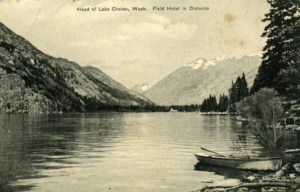
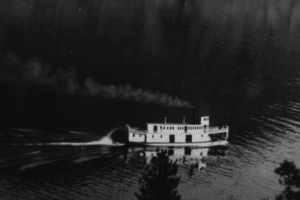
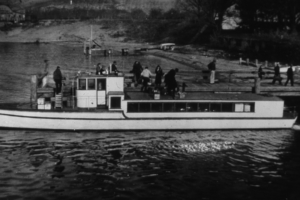
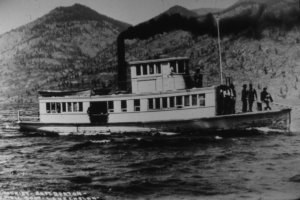
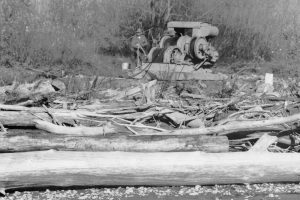
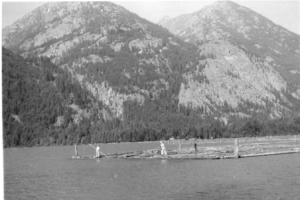
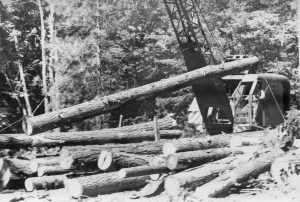
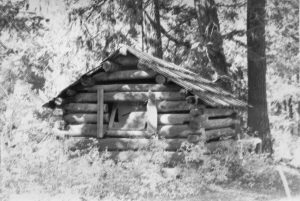
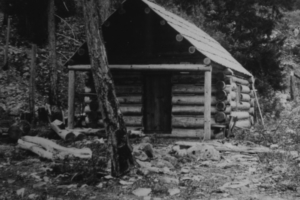
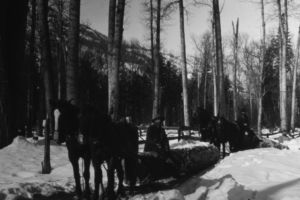
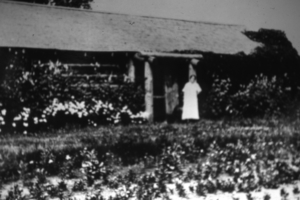
No comments:
Post a Comment